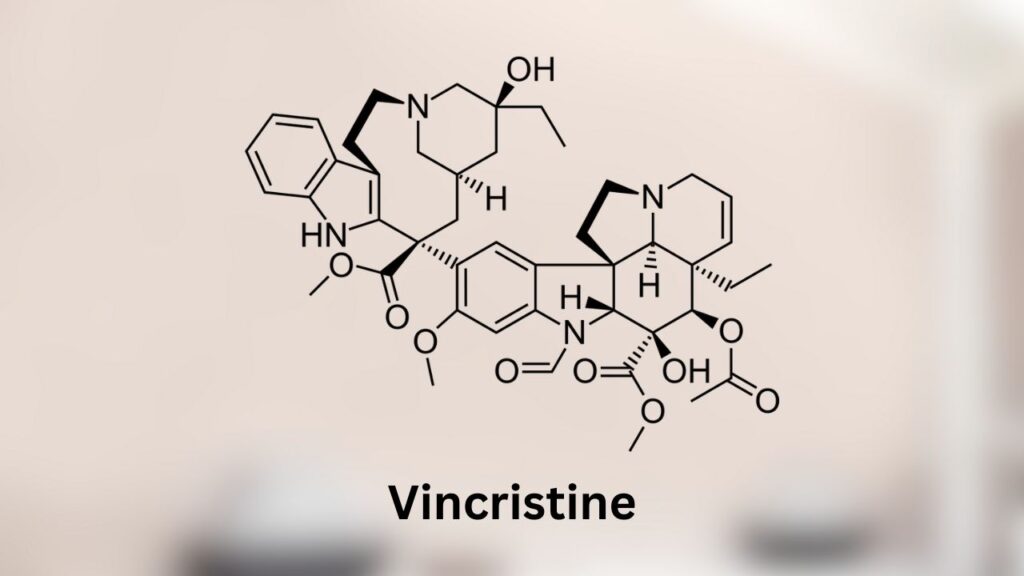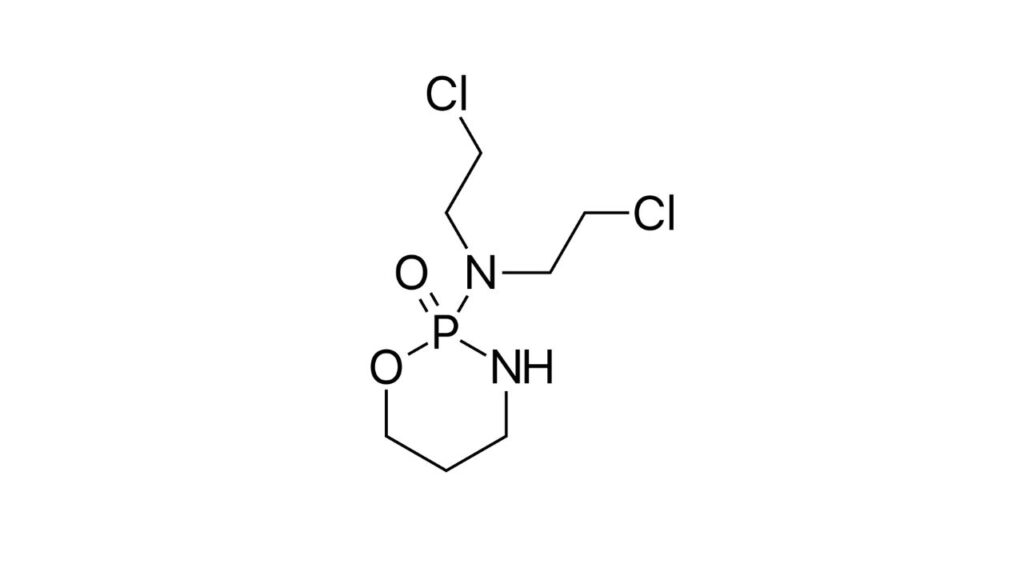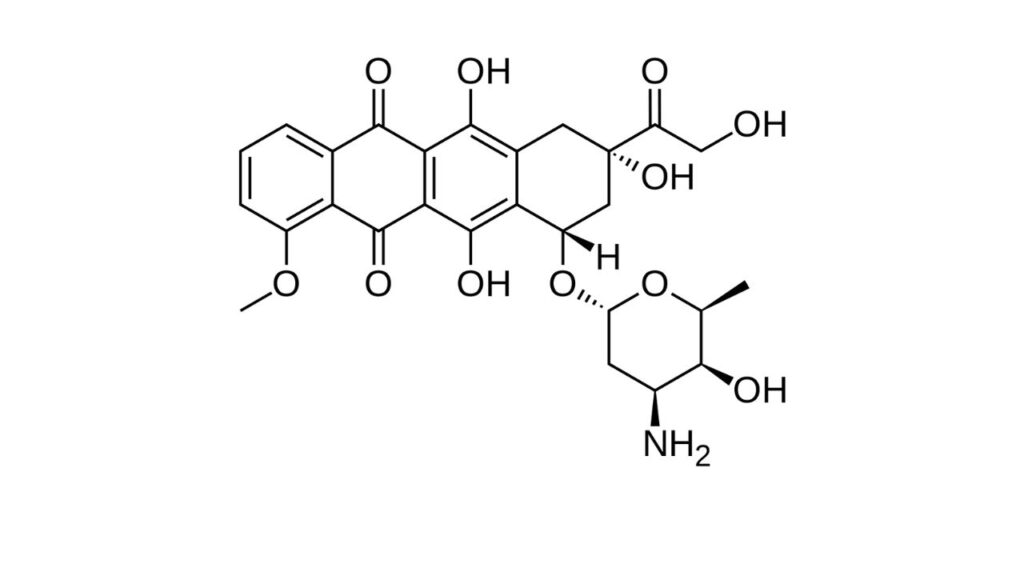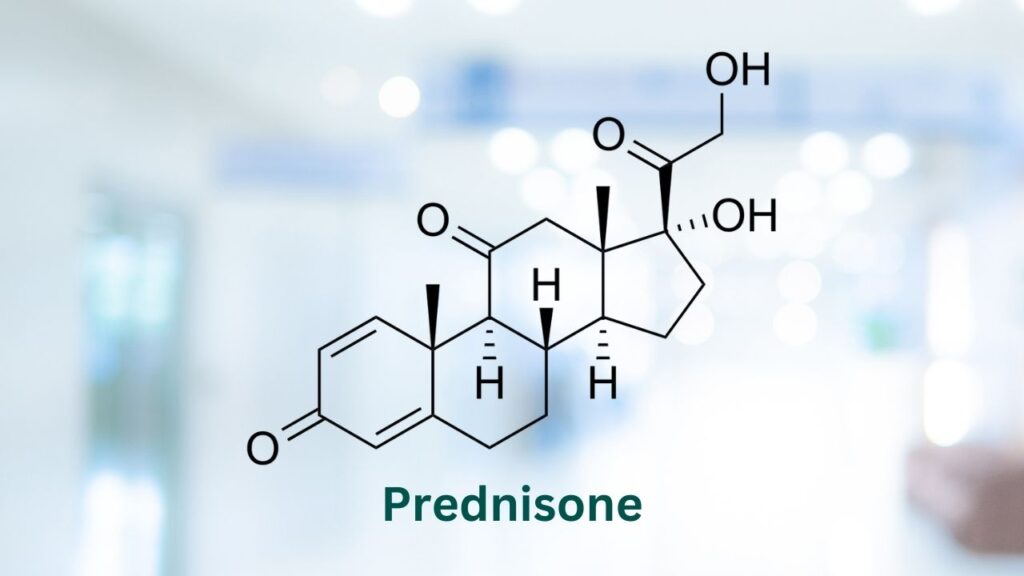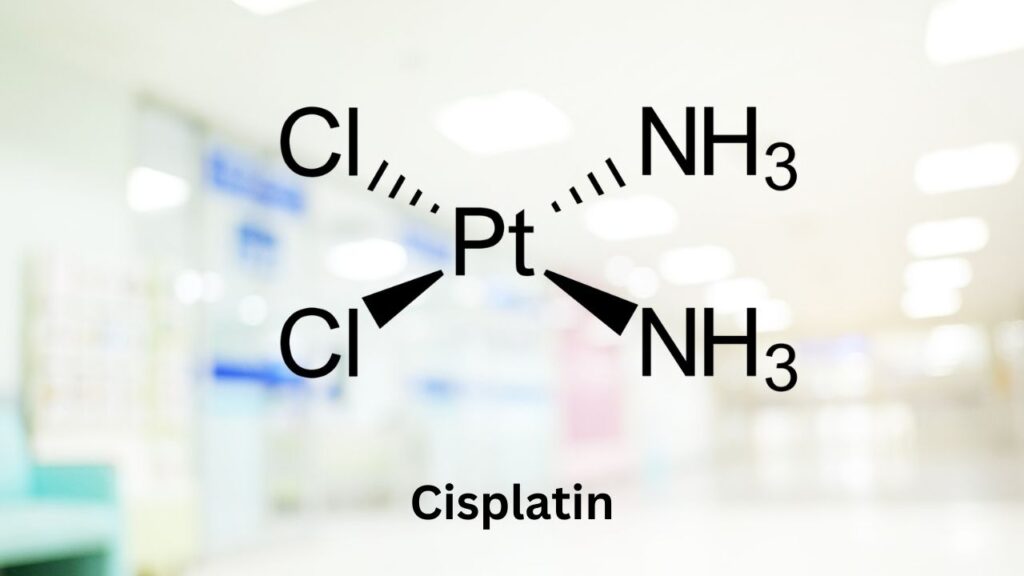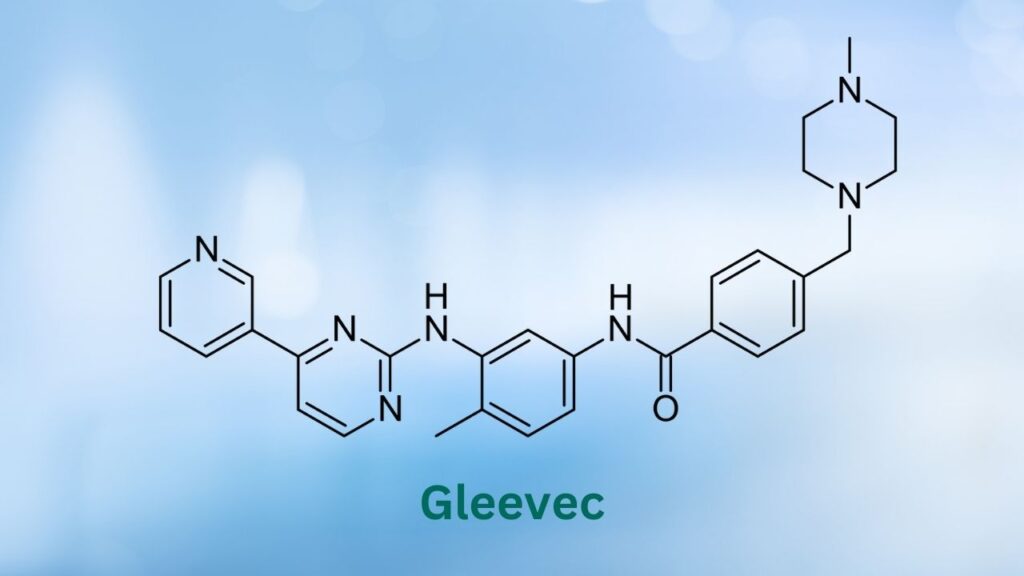Cytarabine (cytosine arabinoside) is an effective anti-cancer drug that can be used to treat blood cancers in dogs.
Key Takeaways
- Cytarabine is used in dogs for leukemia and lymphoma.
- Cytosine arabinoside prevents cancer cells from replicating.
- The most common side effects of cytosine arabinoside in dogs are vomiting, diarrhea, nausea, and poor appetite.
Cytarabine for Dogs
Cytosine arabinoside, also known as cytarabine or ARA-C, is an antineoplastic, antimetabolic drug.2
It is an injectable solution usually given intravenously (via IV). It is sometimes given as an injection under the skin, subcutaneously (SC).3
One special trait of cytarabine is that it can cross the blood-brain barrier and access the central nervous system.11 Many drugs are not able to do this.
As with many drugs used by veterinarians, in the United States, using cytarabine in dogs is considered off-label or extra-label use. This means it is not specifically FDA-approved for use in dogs, but your veterinarian is allowed to prescribe it when appropriate.9
Brand Names
Cytarabine or Ara-C is the generic name for cytosine arabinoside. It is available in the United States under the brand names:2
Cytosar®
Cytosar-U®
DepoCyt®
Tarabine PFS®
It is also available in Europe as Depocyte®.
In the US, EU, and Canada, cytarabine is also available in combination with another drug, daunorubicin, as Vyxeos®.
How Cytarabine for Dogs Works
Cytosine arabinoside blocks the formation and repair of DNA in cancer cells, which are needed for cell growth and replication.1 It does this in two ways:
- It competes with pyrimidines – important parts of DNA – and prevents these substances from being incorporated into DNA as they normally would. This blocks the development and replication of new DNA.2
- Once it has tricked its way into the cancer cell, it is changed into its active form, cytarabine triphosphate. This new form damages the DNA inside the cell, further inhibiting DNA formation and repair.2
These actions of cytosine arabinoside are specific to the “S” phase of the cell cycle (the phase during which DNA is synthesized or replicated). This makes it toxic to rapidly dividing cells, such as certain cancers.6
Common Uses of Cytarabine
In dogs, cytosine arabinoside is used in leukemia, and also in combination with other medications for treating relapsed or resistant lymphoma.11 It is also used to treat inflammation of the brain (meningoencephalomyelitis).5
Lymphoma
Cytosine arabinoside has shown some efficacy in treating lymphoma 10 and is usually used with other medications. Because it can cross the blood-brain barrier, it can be used as part of the protocol for dogs with lymphoma with central nervous system involvement.11
For example, one protocol for lymphoma is called VCAA for its drugs vincristine (V), cyclophosphamide (C), L-asparaginase (A), and Adriamycin (A, generic name: doxorubicin). One study showed that adding cytosine arabinoside to VCAA-based lymphoma protocols is well-tolerated, has higher response rates, and significantly prolongs survival times in dogs with stage 5 lymphoma.7,11
Cytosine arabinoside combined with bleomycin, however, showed limited efficacy for treating relapsed lymphoma in dogs that had been previously treated with other protocols.8
When to Not Use Cytarabine
Use caution if giving cytosine arabinoside with:3
- Flucytosine
- Vaccines
- Other antineoplastics
- Immunosuppressants
- Iron chelators
How Veterinarians Give Cytarabine
Cytosine arabinoside is only given by your veterinarian in the veterinary hospital. It is usually given as an intravenous (IV) injection, but is sometimes given subcutaneously under the skin.
What If I Miss a Dose?
This medication will only be given at a veterinary hospital. If you miss a scheduled dose, speak to your veterinary team about when to reschedule.
Storage and Handling
Cytosine arabinoside is a chemotherapeutic drug that is only given at a veterinary hospital.
You should wear gloves and use caution when cleaning up any urine, feces, or vomit from your dog for several days after your dog receives cytosine arabinoside.3 All waste and items used to clean up should be double bagged and sealed in plastic before disposal in the garbage.9
Safety and Side Effects
Gastrointestinal (GI) toxicity is common in dogs receiving cytosine arabinoside and should be expected when using this drug.4
GI side effects include:3,4
Other side effects may include:3,4
- Neutropenia (low white blood cells)
- Thrombocytopenia (low platelets)
- Elevated liver enzymes
- Hair loss
- Lethargy
- Ulcers in the mouth
- Fever
To minimize potential complications from side effects, your veterinary team will monitor your dog’s blood cell counts, liver function, and kidney function with routine blood tests.3
- Cytarabine. Cancer Research UK. https://www.cancerresearchuk.org/about-cancer/treatment/drugs/cytarabine. Published February 24, 2022. Accessed March 5, 2023.
- Cytarabine. DrugBank Online. https://go.drugbank.com/drugs/DB00987. Published June 13, 2005. Accessed March 5, 2023.
- Gollakner R. Cytarabine. VCA Animal Hospitals. https://vcahospitals.com/know-your-pet/cytarabine. Accessed March 5, 2023.
- Guillen A, Finotello R, Wynne P, et al. Toxicity of cytarabine constant rate infusion in dogs with high‐grade non‐hodgkin lymphoma with bone marrow or central nervous system involvement. Australian Veterinary Journal. 2019;98(3):69-78. doi:10.1111/avj.12895.
- Mancini SL, Early PJ, Slater BM, et al. Novel subcutaneous cytarabine infusion with the omnipod system in dogs with meningoencephalomyelitis of unknown etiology. American Journal of Veterinary Research. 2022;83(9). doi:10.2460/ajvr.22.03.0046.
- Faruqi A, Tadi P. Cytarabine. StatPearls [Internet]. https://www.ncbi.nlm.nih.gov/books/NBK557680/. Published August 12, 2022. Accessed March 5, 2022.
- Marconato L, Bonfanti U, Stefanello D, et al. Cytosine arabinoside in addition to VCAA-based protocols for the treatment of canine lymphoma with bone marrow involvement: does it make the difference?. Vet Comp Oncol. 2008;6(2):80-89. doi:10.1111/j.1476-5829.2007.00141.x
- Batschinski K, Dervisis N, Kitchell B, Newman R, Erfourth T. Combination of bleomycin and cytosine arabinoside chemotherapy for relapsed canine lymphoma. Journal of the American Animal Hospital Association. 2018;54(3):150-155. doi:10.5326/jaaha-ms-6617.
- Cytarabine. Plumb’s Veterinary Medication Guides. https://cdn.brief.vet/web-files/PVD/drupal-uploads/files/VMG-Cytarabine-2019-01-27-0155.pdf. Published 2019. Accessed March 5, 2023.
- Pawlak A, Obmińska-Mrukowicz B, Zbyryt I, Rapak A. In vitro drug sensitivity in canine lymphoma. Journal of Veterinary Research. 2016;60(1):55-61. doi:10.1515/jvetres-2016-0009.
- Mullin C, Clifford CA. Which Drugs Are Used for Medical Management of Lymphoma in Dogs & Cats? Plumbs Therapeutic Brief. https://files.brief.vet/migration/article/32776/ptb_which-drugs-are-used-for-medical-management-of-lymphoma-in-dogs–cats-pt2-32776-article.pdf. Published December 2016. Accessed March 5, 2023.
Cytosar® and Cytosar-U® is a registered trademark of SICOR, INC.
DepoCyt®/Depocyte® is a registered trademark of Chiron and DepoTech
Tarabine PFS® is a registered trademark of ERBAMONT INC.
Vyxeos® is a registered trademark of Jazz Pharmaceuticals plc
Topics
Did You Find This Helpful? Share It with Your Pack!
Use the buttons to share what you learned on social media, download a PDF, print this out, or email it to your veterinarian.



